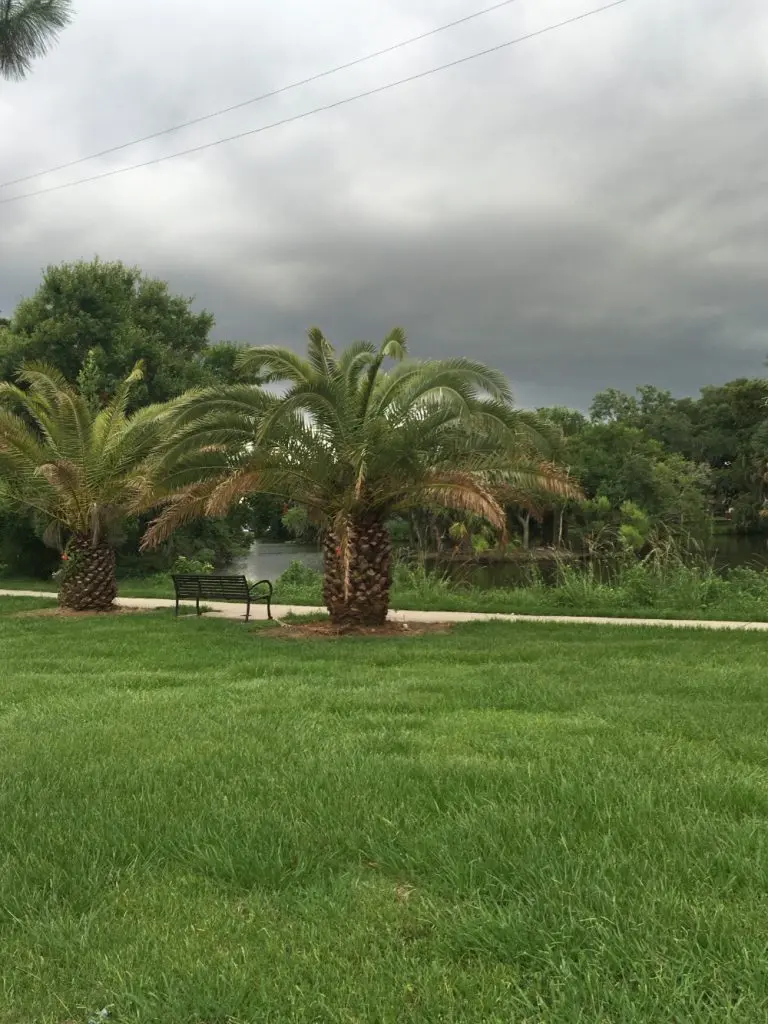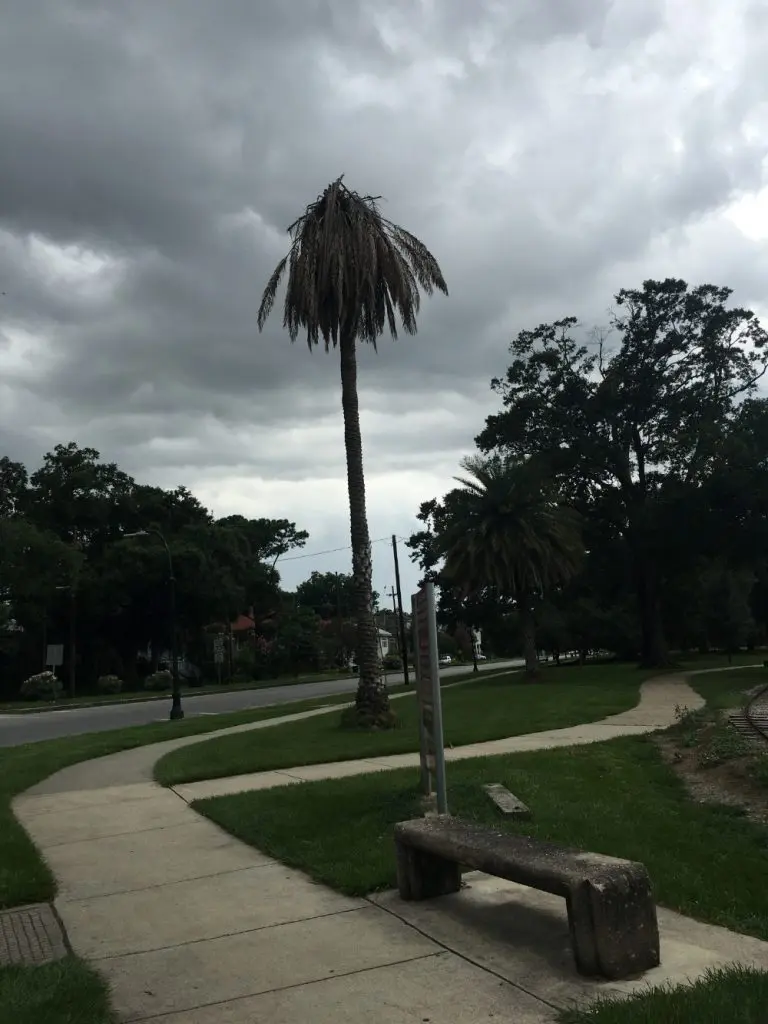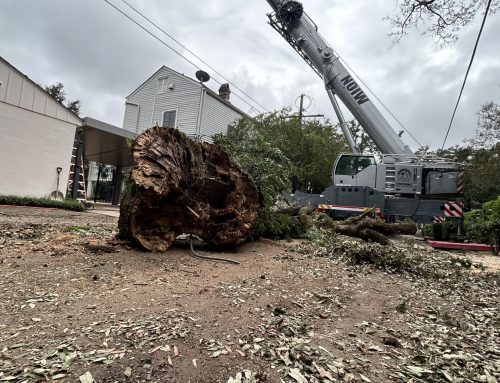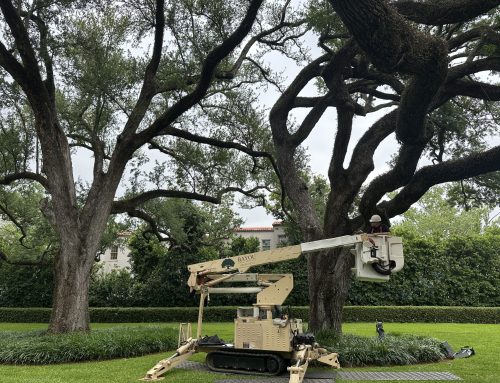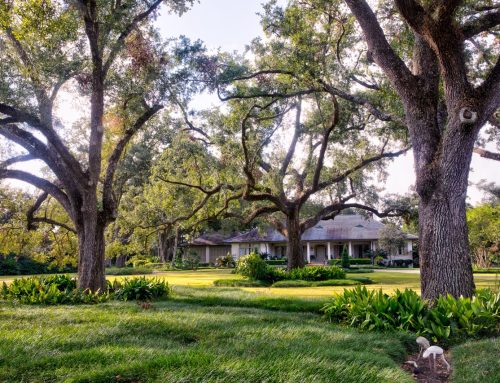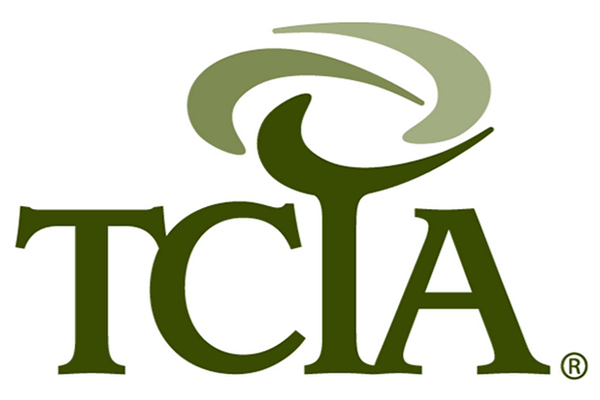Why are Louisiana’s palm trees dying right in front of our eyes?
If you drive around metro New Orleans or Baton Rouge, or if you have palm trees in your yard, there’s a good chance you’ve noticed our local palm trees don’t look so hot.Their leaves (or frond as we call them) are brown and droopy. Their crowns are often flat seem to have no life.That’s because they’re dying – right before our eyes.
The largest and most majestic, Canary Island Date Palms, have been here since the 1800s and they’re vanishing. And the worst part is there’s not much we can do about it.
Texas Palm Decline Impact on Local Louisiana Palms
We first noticed canary palms declining about two years after Katrina in the mid-city area of New Orleans, particular City Park and Carrollton Ave. Almost all of the 100 or so Canary palms in that area are now now infected or dead.
After that, we noticed our beloved canary palms and Phoenix dactylifera (date palms) were turning brown and dying all over our service area – from NOLA to Baton Rouge.
The talk in the arborists world was about “Texas Palm Decline”. Don’t get mad at Texas, it’s not their fault. It’s just where it was noticed first.
The “decline” is a result of a bacterial infection. No one is quite sure how the bacteria is transmitted. There’s no apparent cure. It’s almost like a bad zombie movie…
The symptoms are no or low fruit production. Also, the lower fronds droop to a point where there is a gap between horizontal fronds and the more upright.
There is no proven cure or preventative treatment. We can suppress the decline for a time with an antibiotic, but it never goes away and you have to keep the tree on it for the remainder of it’s life. But as soon as you stop the antibiotic, the tree dies.
At that point, the best we can do is remove the infected palms immediately and properly dispose them off site to help prevent spread of disease.
Replacing Our Favorite Palms with…What?
Canaries and date palms (dacs) are by far the most popular here in southern Louisiana. But with palm decline decimating these species, should you continue to plant them?
Our professional advice is no. Don’t do it.
Why spend $5k, $10k or up to $60k to buy these trees knowing they’re going to die sooner rather than later?
As far as large majestic palms, Sylvester palm appears to be resistant to decline at this writing.
But knowing how quickly this disease has hit the other palms, we recommend looking at other tree species as well before making a decision.
If you’re grieving the loss of your palm trees or weighing your options about what to plant, please call us to request a consultation. Our team of Louisiana certified arborists will help you evaluate your options.

